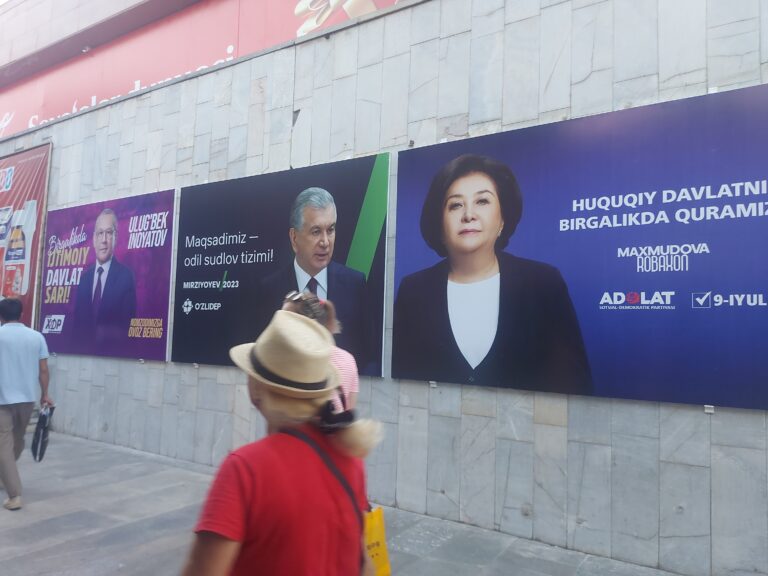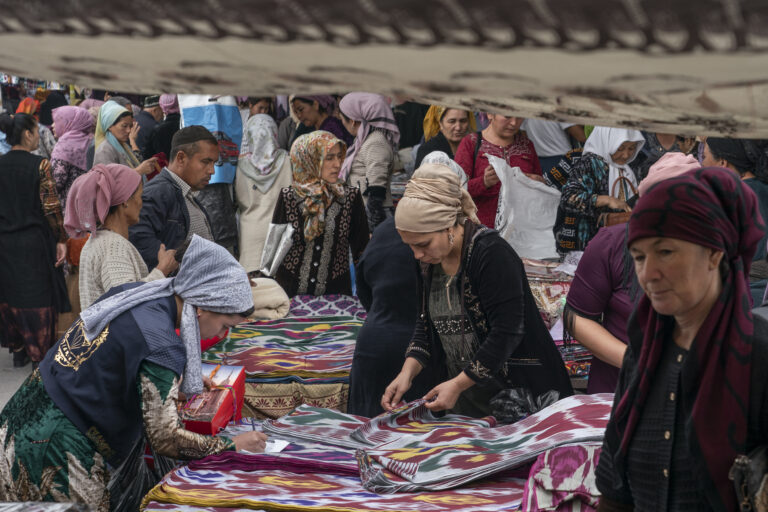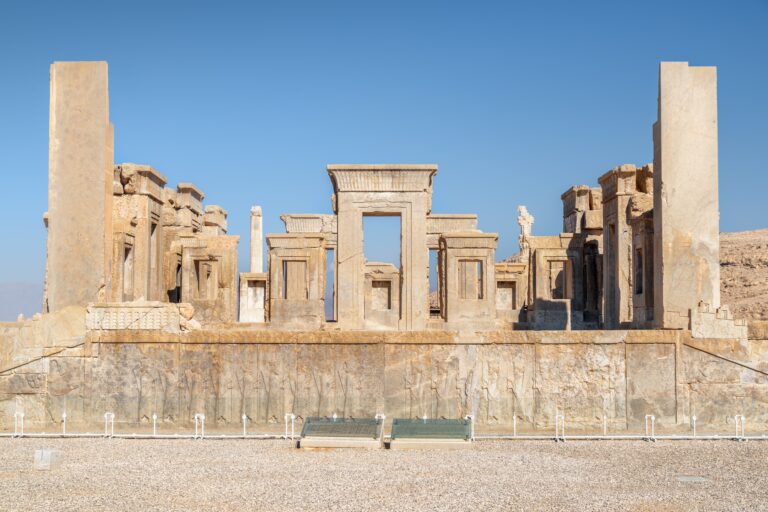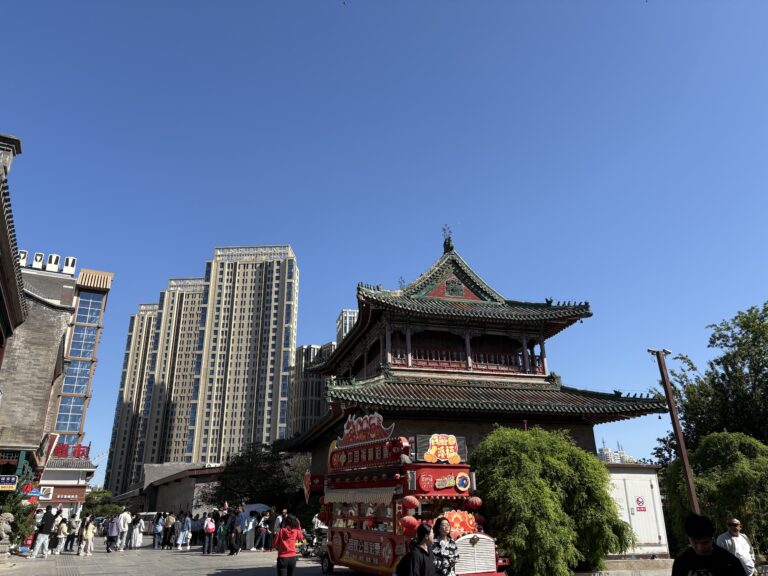What Does Vietnam Actually Celebrate on 30 April?

Bill Hayton is the editor of the RSAA’s journal Asian Affairs and was the BBC reporter in Vietnam in 2006-7
On 30 April, Vietnam marks the anniversary of the formal end of a war. But how long did that war last? Did it begin in 1965 with the arrival of American combat troops in Vietnam, in 1960 when fighting broke out in southern Vietnam, in 1945 when the Democratic Republic of Vietnam declared independence from France – or even earlier?
In the official messaging around the 30 April parades, Vietnam is celebrating the liberation of the ‘southern region’ and the reunification of the country. But when tanks crashed through the gates of the presidential palace in Saigon on 30 April 1975, they weren’t just ending a military struggle but also a political struggle, one that had started at the beginning of the 20th century. Today, that political struggle cannot be openly discussed in Vietnam, there is simply no tolerance for rival interpretations of the country’s modern history.
Vietnam’s tragedy was that this political struggle became a civil war, and that this civil war became part of a global battle, drawing in powerful countries – the United States, Russia and China – whose leaderships were willing to aid and arm their local partners to service their wider aims. Both sides in Vietnam’s civil war were nationalist movements. Their divisions were over ideology, the role of the state in society, culture, religion and many other issues.
This is not well understood. Even today, the ‘Vietnam War’ is often portrayed as a fight between one country called North Vietnam and another one called South Vietnam. It was not. It was a fight between two political elites, both of whom claimed sovereignty over the whole country, but had different visions of its future. Those two visions were originally personified by two men: the liberal reformer Phan Chu Trinh and the radical agitator Phan Boi Chau.
In the first decades of the 20th century, both men campaigned to end French rule over what was then called ‘Indochina’. After the First World War, Phan Chu Trinh and a disciple of Phan Boi Chau called Ho Chi Minh petitioned the leaders at the Versailles Peace Conference for Vietnamese ‘liberty, equality and fraternity’. Their demands were summarily rejected. The French refusal to grant the peoples of Indochina the rights they promised to their own population destroyed the chances of a peaceful end to colonialism. The liberal road to independence was closed and Ho Chi Minh began a political journey towards communism.
Before 1919, a liberal strand of Vietnamese nationalism could have become dominant. Afterwards, it was discredited, and the political space was filled by communism. By the 1920s there were two irreconcilable currents of political opinion in Vietnam both derived from European ideologies: liberal nationalists and communists, two groups with a deep loathing for each other. A future without fratricidal conflict was now impossible.
During the 1930s and 1940s, with support and shelter from ideological partners in China, nationalists and communists built up their networks and military forces. The French colonial authorities still refused to make any meaningful concessions. By blocking the reformist, liberal path to independence they forced ever greater numbers of nationalists onto the revolutionary road. When the Second World War came and Japanese troops occupied Indochina, both sides prepared for a long liberation struggle. But the war ended in a hurry, following the American atomic bombing of Japan. By coincidence, the communists had been preparing a national congress for the following week and so their cadres were ready to occupy Hanoi. On 2 September 1945, Ho Chi Minh formally declared the independence of the ‘Democratic Republic of Vietnam’, the DRV.
By this time, fighting between Vietnamese factions was already underway. In mid-1945, cadres of the Indochina Communist Party started assassinating their rivals in the liberal-nationalist Viet Nam Quoc Dan Dang (VNQDD) and the left-wing Trotskyite parties. This was when the ‘Vietnam War’ really began. Later in the year, French troops arrived to retake control and created their own rival administration. The stage was set for what we now call the ‘First Indochina War’.
It would, however, be a mistake to see this war as purely one between ‘The French’ and ‘The Vietnamese’. There were plenty of Vietnamese who did not want to see a communist victory. This would remain true even after the DRV defeated French forces at Dien Bien Phu in 1954. That battle was followed by a set of international agreements, the Geneva Accords. They stipulated that the military forces of the two rival claimants to Vietnamese sovereignty should withdraw north and south of a ‘provisional’ boundary at the 17th parallel until a vote, to take place within two years, to decide who would rule the re-unified country.
Vietnam was never ‘partitioned’ in the way, for example, Britain partitioned India. The area north of the 17th parallel was put under the temporary control of the DRV and the area south of the line under the control of the Associated State of Viet Nam – which France had established in 1949 with the co-operation of some of the nationalists. Neither side saw that division as the end of the story. Both claimed the right to rule the whole country. But as a result, almost a million ordinary Vietnamese fled their homes in the north, fearful of life under communism.
After the French departed in 1955-6, a new Vietnamese leadership took control of the south, led by Ngo Dinh Diem who declared the creation of a new ‘Republic of Viet Nam’ (RVN). With support from the United States, he cancelled the elections mandated by the Geneva Accords and set about crushing the communist networks in the southern part of the country. It was his success in doing so that prompted the communist leadership to agree to relaunch the armed struggle in 1960. The ‘Second Indochina War’ had begun.
As the fighting escalated, the sponsors of the two sides threw ever more resources into the conflict. Russia and China (sometimes in concert, sometimes in rivalry) backed the DRV while the United States and several of its allies backed the RVN. The Vietnamese population was crushed in the middle. No one knows how many people were killed. Estimates range between two and three million.
Many political fictions had to be maintained by the various sides in this war. The Americans told themselves that they were supporting a country called ‘South Vietnam’ against another country called ‘North Vietnam’. Meanwhile, the communist leadership in the north pretended that the anti-American resistance in the south, the ‘National Liberation Front for Southern Vietnam’ (NLF), and its ‘Southern Region Liberation Army’ (often called the People’s Liberation Armed Forces or PLAF), were autonomous. In reality, the NLF and PLAF were controlled by the DRV.
As the fighting ground on, the DRV’s ‘guiding hand’ became increasingly visible. By 1965 its forces, the ‘People’s Army of Viet Nam’ (PAVN) were fighting in the RVN but under the cover of support to the PLAF. By 1975, the PAVN was openly leading the communist advance on Saigon. However, when two tanks of the PAVN crashed through the gates of the presidential palace on 30 April 1975, their commanders took care to make sure they were flying the flag of the NLF, not the DRV. The fiction that this was a southern-led resistance had to be maintained.
Officially, the NLF had evolved into the ‘Provisional Revolutionary Government of the Republic of South Vietnam’, which then took power in Saigon. Just like the NLF, this was a communist regime controlled by the DRV. The provisional revolutionary government then changed its name to the ‘Republic of South Vietnam’. It was not until 2 July 1976 that this fictional state formally agreed to abolish itself and merge with the DRV to form the ‘Socialist Republic of Viet Nam’.
So, when the crowds gather in Saigon each 30 April, the anniversary they are marking is not actually the formal ‘reunification’ of Vietnam but the final military defeat of the southern-based Republic of Vietnam. This is important to understand because what matters to the country’s present-day leadership is the unchallenged right of the Communist Party of Vietnam (CPV) to rule.
The CPV cannot tolerate the notion that the former RVN had any political legitimacy. In its own framing, the Second Indochina War was a struggle between the ‘Vietnamese people’ and the United States; there is no talk of ‘civil war’. The former leaders of the RVN were merely ‘foreign puppets’ and there can be no ‘reconciliation’ with former foes. What the current Vietnamese leadership requires is recognition that the RVN was wrong, and the communist side was right all along.
The opinions expressed are those of the contributor, not necessarily of the RSAA.
More from this author –

A Brief History of Vietnam – Colonialism, War and Renewal: The Story of a Nation Transformed
This book explores the fascinating, turbulent history of a land that has risen from the ashes of war to become a leading economic power. It expertly examines the history of a people and a nation with ancient roots but which only took its current shape in the 19th century under French colonial rule and its current name in 1945.

Vietnam: Rising Dragon
Based on vivid eyewitness accounts and pertinent case studies, Hayton’s book addresses a broad variety of issues in today’s Vietnam, including important shifts in international relations, the growth of civil society, economic developments and challenges, and the nation’s nascent democracy movement as well as its notorious internal security. His analysis of Vietnam’s “police state,” and its systematic mechanisms of social control, coercion, and surveillance, is fresh and particularly imperative when viewed alongside his portraits of urban and street life, cultural legacies, religion, the media, and the arts.






